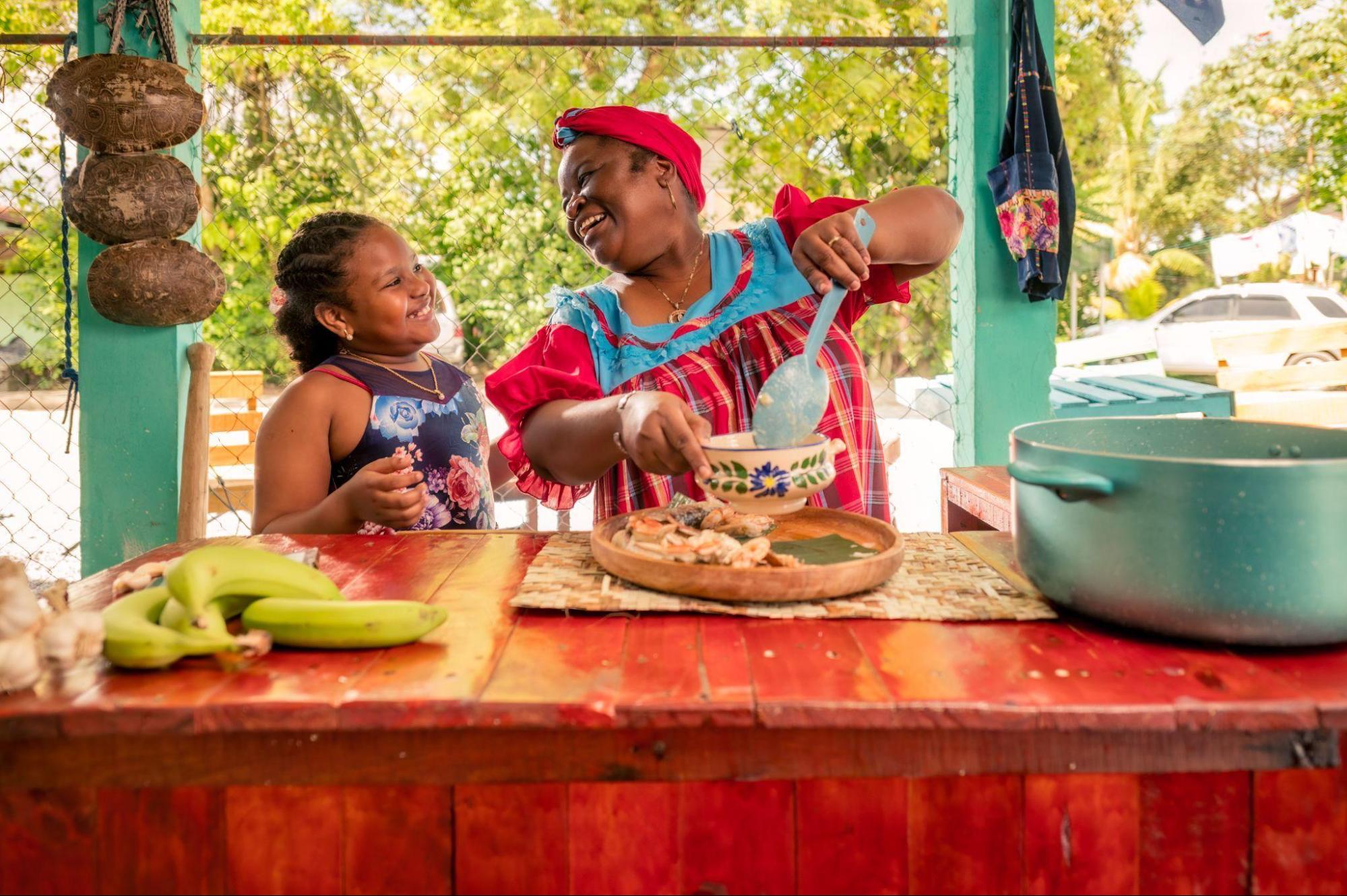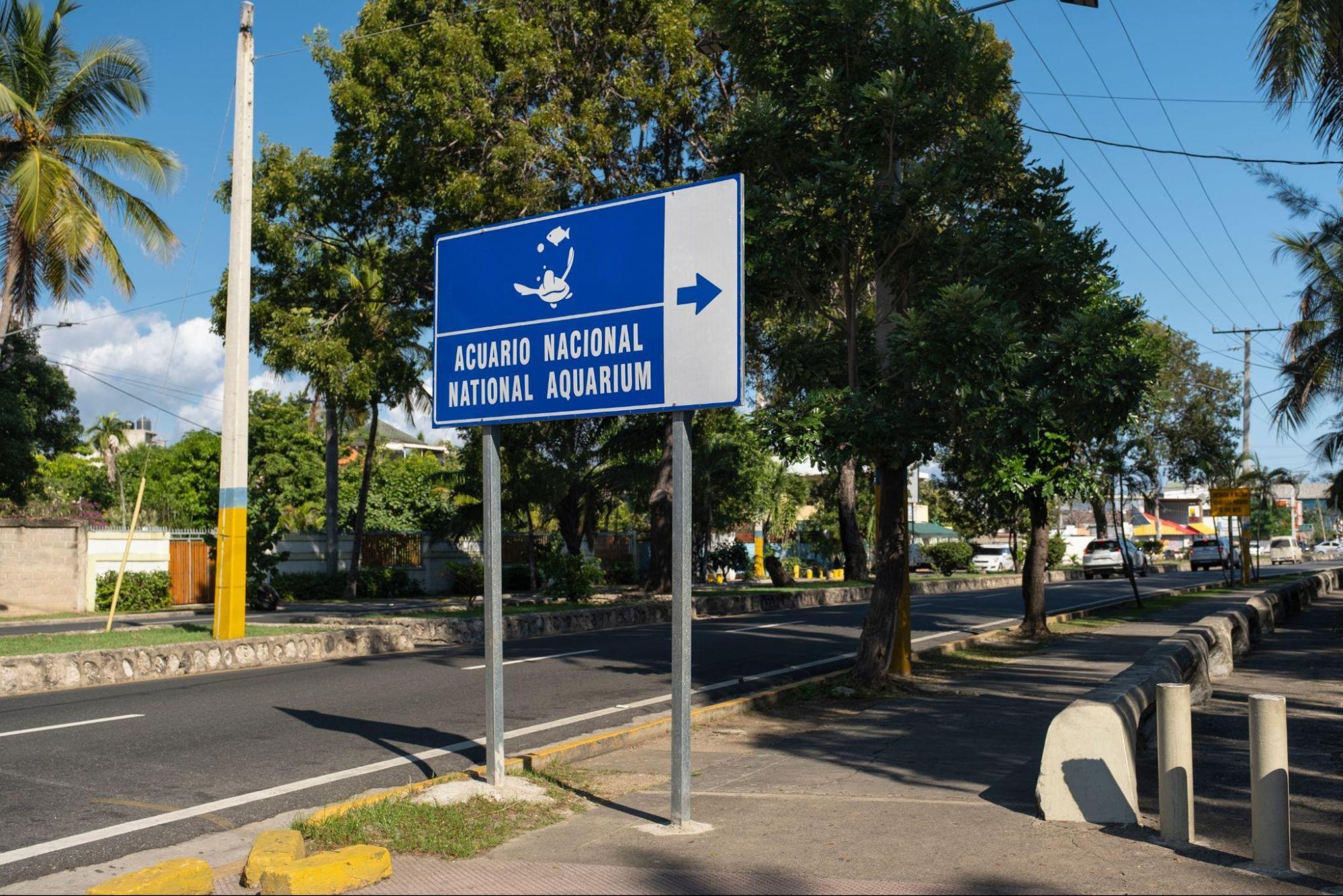The Dominican Republic, a vibrant island nation in the Caribbean, boasts a rich cultural tapestry woven from diverse influences. When planning your trip to this beautiful destination, understanding the local languages can greatly enhance your experience. So, what language will you need to know to communicate effectively? Let's delve into the fascinating world of languages in the Dominican Republic and discover the linguistic landscape of this captivating country.
What is the official language of the Dominican Republic?
The official language of the Dominican Republic is Spanish. More specifically, Dominican Spanish. This dialect has evolved over centuries, drawing influences from various sources, including Andalusian and Canarian Spanish, as well as contributions from indigenous languages like Taíno and African languages. While Spanish is the primary language used in government, education, business, and media, it's worth noting that Dominican Spanish has its own unique characteristics, including distinct pronunciation, vocabulary, and idiomatic expressions.
What other languages are spoken in the Dominican Republic?
While Spanish reigns supreme, the language of the Dominican Republic is more diverse than you might think. Several other languages are spoken within the country, primarily by immigrant communities and specific regional groups. Understanding this linguistic diversity can enrich your appreciation for the Dominican Republic's multicultural heritage.

Foreign languages, communities and tourism
Beyond Spanish, you'll find pockets of other languages spoken throughout the Dominican Republic. Here are a few notable examples:
- Haitian Creole: Spoken by a significant portion of the population, particularly those of Haitian descent, Haitian Creole is a vibrant language with roots in French and West African languages.
- English: Widely spoken in tourist areas, English is a valuable asset for travelers. You'll find that many hotel staff, tour guides, and business owners are proficient in English.
- Samaná English: A unique dialect of English spoken in the Samaná Peninsula, this language is a remnant of the region's history as a settlement for freed African Americans in the 19th century. It’s fascinating to discover this unique local culture stemming from the influence of English, especially if you are looking for a trip back in time.
- Other languages: Due to tourism and international relations, other languages such as French, German, Italian, and Chinese are also present, although to a lesser extent. The presence of these languages highlights the country's open and welcoming spirit.
The Dominican Republic's embrace of different cultures creates a vibrant atmosphere for both residents and visitors.
Is Dominican Republic Spanish easily understood?
Dominican Spanish, while rooted in standard Spanish, presents some unique challenges for learners. The rapid pace of speech, the use of slang and colloquialisms, and the distinct accent can make it difficult for those unfamiliar with the dialect to understand. However, don't let this discourage you! With a little practice and patience, you'll find that Dominicans are generally very accommodating and willing to help you understand. Remember to speak clearly, ask for clarification when needed, and embrace the opportunity to learn new words and phrases.

Tips for communicating if you travel to the Dominican Republic
To ensure a smooth and enjoyable trip to the Dominican Republic, here are some helpful tips for communicating with the locals:
- Learn basic Spanish phrases: Even knowing a few basic greetings and phrases like "Hola" (Hello), "Gracias" (Thank you), and "Por favor" (Please) will go a long way in showing respect and facilitating communication.
- Be patient and understanding: Remember that not everyone speaks English fluently. Be patient and try to communicate clearly, using simple language and gestures if necessary.
- Don't be afraid to ask for help: Dominicans are generally friendly and helpful people. If you're struggling to communicate, don't hesitate to ask for assistance.
- Embrace the local culture: Immerse yourself in the Dominican culture by learning about their customs, traditions, and expressions. This will not only enhance your understanding of the language but also enrich your overall travel experience.
- Consider taking a Spanish class: If you're planning an extended stay in the Dominican Republic, consider taking a Spanish class to improve your language skills and deepen your connection with the local community.
The Dominican Republic offers a wealth of experiences, from exploring historical sites to relaxing on pristine beaches. Understanding the languages of the Dominican Republic and making an effort to communicate with the locals will undoubtedly enhance your journey and create lasting memories.
Whether you're seeking adventure, relaxation, or cultural immersion, the Dominican Republic has something to offer every traveler. And speaking of relaxation, why not consider a stay at the luxurious Cayo Levantado Resort? This all-inclusive sanctuary offers stunning views, world-class amenities, and unparalleled service, ensuring a truly unforgettable escape. Consider exploring the local culture and the many cultural events the island has to offer.
In conclusion, the official language of the Dominican Republic is Spanish, but the country's linguistic landscape is diverse and reflects its rich cultural heritage. While Dominican Spanish may present some challenges for learners, with a little effort and an open mind, you'll find that communicating with the locals is a rewarding and enriching experience. So, pack your bags, brush up on your Spanish, and get ready to explore the beautiful and vibrant Dominican Republic!
